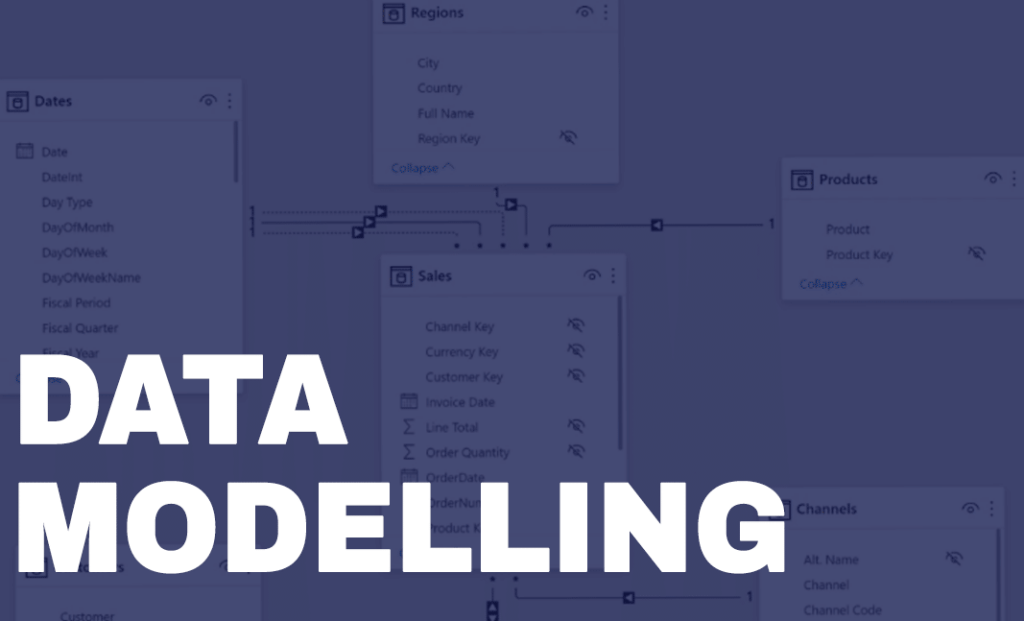Data cleaning is an essential step in data analytics that ensures that only complete, correct and relevant data is used for analytics and decision-making. The need for data cleaning arises due to a variety of reasons. For instance, datasets created by combining data from different sources may require extensive cleaning. This is because differences in aims, approaches and technologies could result in differences in the content and structure of collected data. Therefore, the final dataset needs to be cleaned to ensure uniformity. Secondly, errors that occur during data entry can lead to dirty data. For businesses, data cleaning is extremely important. Making mission-critical decisions based on dirty data can lead to erroneous decisions and potentially lead to negative consequences.
While different datasets require different data cleaning techniques, the following techniques apply across a variety of datasets. These techniques are:
Remove duplicates
Data collected from a different range of sources may most likely include duplicates. These duplicates may confuse the results of your data analysis and may make data difficult to read after visualization.
Remove irrelevant data
As stated earlier, irrelevance in the data depends on the objective of your analysis. Irrelevant data might slow down the analysis. For example, if you are analyzing the share of wallet of your customers, emails may be irrelevant. Additionally, you may need to remove URLs, tracking codes, excessive blank spaces and HTML tags.
Standardize Capitalization
You need to make sure that the text within the data is consistent. Inconsistencies in capitalization may create different categories and may also cause problems during translation for processing.
Convert Data Types
The data types in your data must also be consistent. Numbers written as text must be converted to numerals because the analysis algorithms may read them as a string and will not be able to perform mathematical operations on them. For example, July 6th, 2022 must be converted to 06/07/22.
Clear Formatting
Data from different sources may likely have different document formats. Using it as it is without formatting may cause confusion and incorrect results. Ensure that frequently used formatting such as whitespace and tabs are removed.
Fix Inconsistencies
Errors such as typos, spelling mistakes, extra punctuation, and other inconsistencies in the data may cause you to miss out on key findings in the data. These errors must be carefully removed. For example, if you have a column of customer income, you will have to convert all currencies to one type to ensure consistency.
Language Translation
Most natural language processing models for analysis are monolingual (in one language). This means if your data is in more than one language, the models may not be capable of analyzing the data. You will need to translate everything into one language.
Handle Missing Values
These missing values again depend on your analysis goals. You could remove the data with the missing value completely or input the missing data. You can choose the latter if you know what should be there. However, if there are many missing values and there isn’t enough data to use, you can clear the whole section.
Fixing structural errors.
This means the data analyst is to ensure that there are consistent format labels and format names that are used throughout the entire dataset. Things like typos and incorrect capitalization are looked at and fixed. All naming conventions are appropriate and easy to understand. Categories and classes of the data should be consistent. The data analyst would check all non-applicable fields and null fields and decide the appropriate steps to take.
Remove unwanted outliers.
Entries that are extremely high or low need to be removed. This step is taken to mostly determine the validity of the number of entries in the data set. Moreover, it helps your dataset to have a wonderful performance when using it in analytics.
Validate data through questions and answers.
A set of questions would demand some answers from the data analyst. The answers would help the data analyst to judge whether or not the dataset is clean. Questions like:
- Does the data make sense?
- Is the data correct?
- Is the data accurate?
- Is the data complete?
- Is the data relevant to the problem being solved?
To reduce the need for data cleaning, businesses can ensure that there are strict rules that guide the collection and storage of data in accordance with industry standards. This will reduce the time spent on data cleaning. Secondly, data engineers and data warehousing specialists should also take the time to ensure that proper structures are in place to ensure that data is as clean as possible. Thirdly, since the single most important problem in data cleaning is humans, businesses should invest in training employees in proper data entry and storage practices.





Comments are closed.